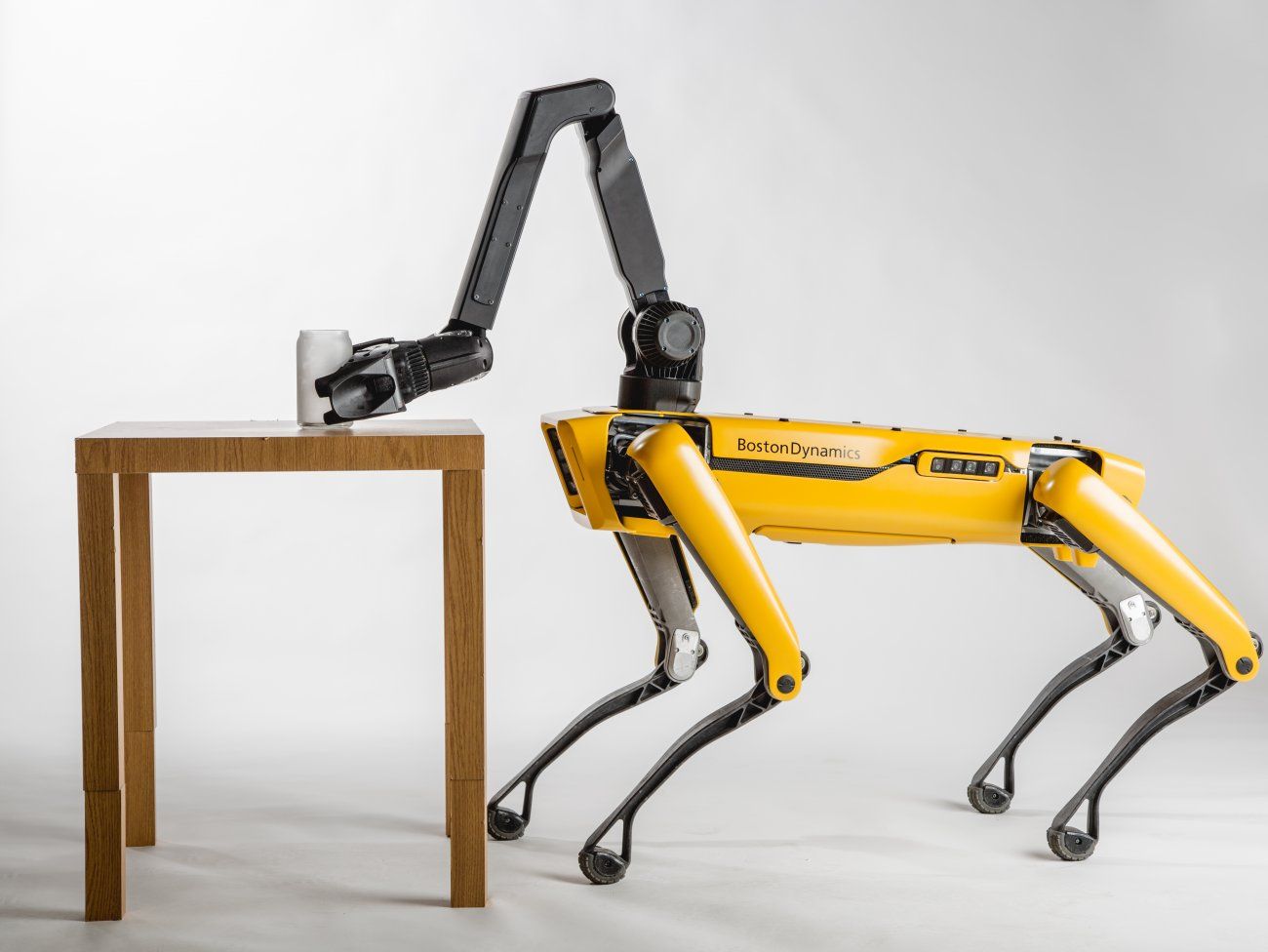Click on photo to start video.
This 360-degree theater lets you experience VR without a headset.



Researchers are using a technology solution called Fluid Lensing to study coral reefs and help better understand reef ecosystems.


Harking back to Soviet big science, a 10-point plan calls for new organizations and focus areas, from job training to a giant new R&D campus.
The Russian Ministry of Defense is pursuing artificial intelligence with an urgency that has only grown since Vladimir Putin’s “rule the world” speech in September. But after several years of watching American and Chinese researchers accumulate breakthroughs and funding, while Russia continues to lack a relevant high-tech culture, Ministry leaders have decided that if they can’t outspend their global competitors, perhaps they can out-organize them.
So in March, the MOD — along with the Ministry of Education and Science of the Russian Federation, or MES ; and the Russian Academy of Sciences — gathered domestic and international developers and users at a conference intended to take stock of the world’s AI prowess, and develop plans to focus Russia’s academic, scientific, and commercial communities to compete.

Just as competition between liberal democratic, fascist, and communist social systems defined much of the twentieth century, so the struggle between liberal democracy and digital authoritarianism is set to define the twenty-first.
The debate over the effects of artificial intelligence has been dominated by two themes. One is the fear of a singularity, an event in which an AI exceeds human intelligence and escapes human control, with possibly disastrous consequences. The other is the worry that a new industrial revolution will allow machines to disrupt and replace humans in every—or almost every—area of society, from transport to the military to healthcare.
There is also a third way in which AI promises to reshape the world. By allowing governments to monitor, understand, and control their citizens far more closely than ever before, AI will offer authoritarian countries a plausible alternative to liberal democracy, the first since the end of the Cold War. That will spark renewed international competition between social systems.
For decades, most political theorists have believed that liberal democracy offers the only path to sustained economic success. Either governments could repress their people and remain poor or liberate them and reap the economic benefits. Some repressive countries managed to grow their economies for a time, but in the long run authoritarianism always meant stagnation. AI promises to upend that dichotomy. It offers a plausible way for big, economically advanced countries to make their citizens rich while maintaining control over them.

BIRMINGHAM, Ala. — Wrinkled skin and hair loss are hallmarks of aging. What if they could be reversed?
Keshav Singh, Ph.D., and colleagues have done just that, in a mouse model developed at the University of Alabama at Birmingham. When a mutation leading to mitochondrial dysfunction is induced, the mouse develops wrinkled skin and extensive, visible hair loss in a matter of weeks. When the mitochondrial function is restored by turning off the gene responsible for mitochondrial dysfunction, the mouse returns to smooth skin and thick fur, indistinguishable from a healthy mouse of the same age.
“To our knowledge, this observation is unprecedented,” said Singh, a professor of genetics in the UAB School of Medicine.
